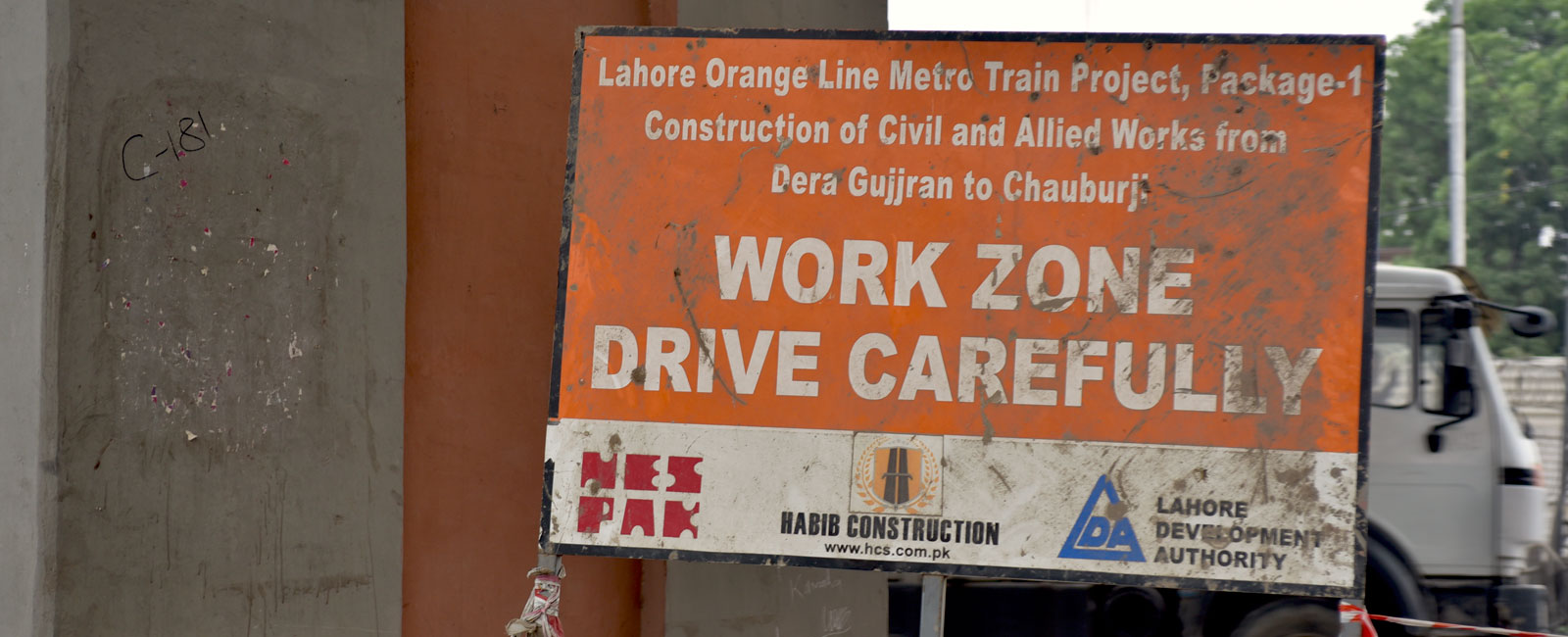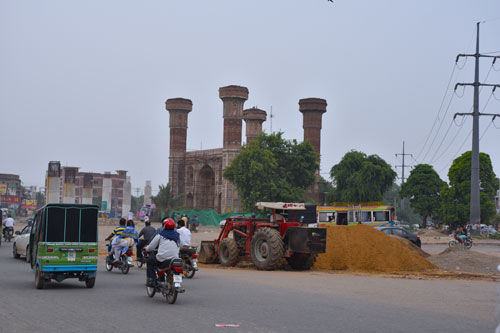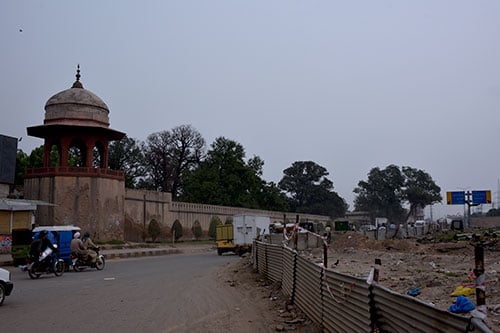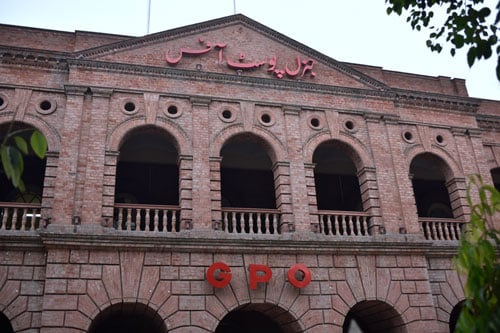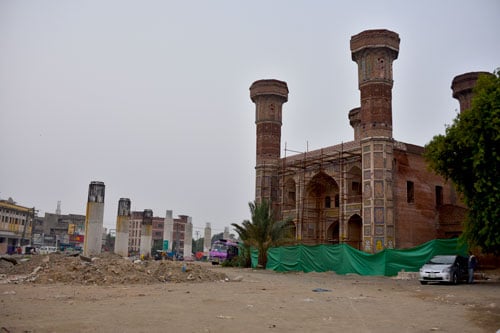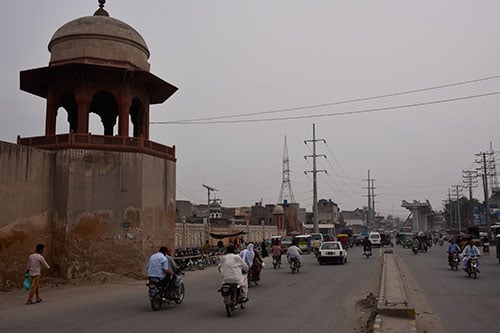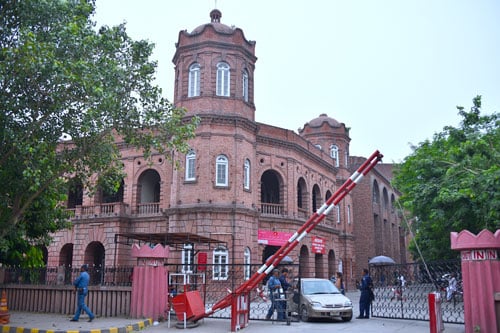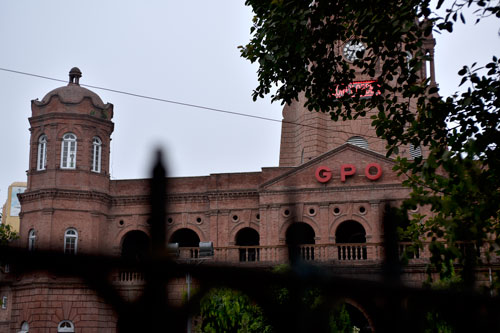Lahore’s Orange Metro Train nears the finish line
The Punjab government’s most ambitious but divisive project, Lahore’s Orange Line Metro Train , is now 77 percent complete, even as Pakistan’s top court deliberates on its...

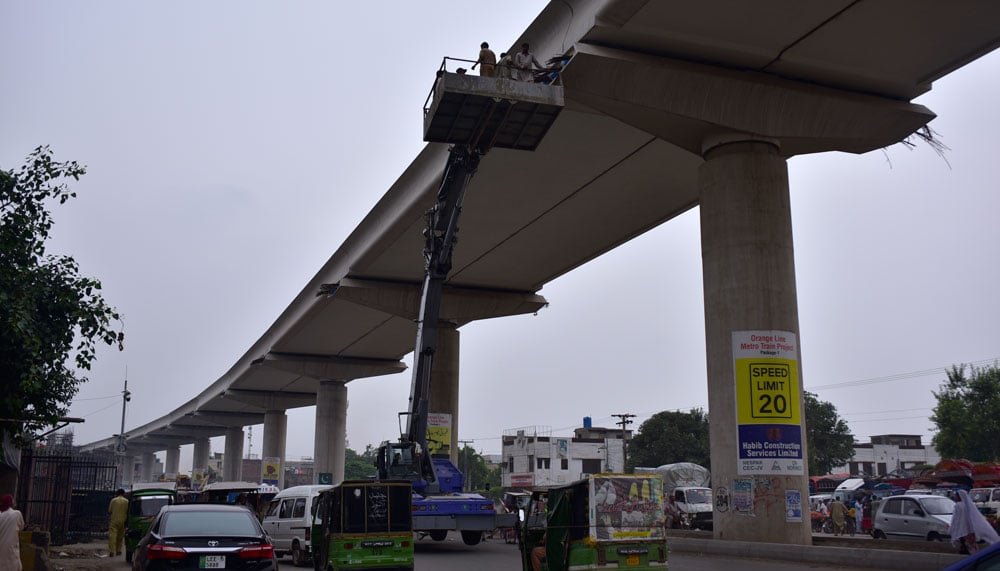
The Punjab government’s most ambitious but divisive project, Lahore’s Orange Line Metro Train (OLMT), is now 77 percent complete, even as Pakistan’s top court deliberates on its future.
Launched in May 2014 by Punjab’s chief minister, in collaboration with a Chinese company, the OLMT will be the country’s first metro line. Construction for it began rapidly in 2015 and was personally supervised by Shehbaz Sharif, Punjab’s chief minister and the prime minister’s younger brother. Costing a whopping $1.6 billion the 27-kilometers rail line was slated to be up and running by mid-2017, until it stumbled into legal troubles.
A petition challenging its route landed up in the Lahore High Court, after the United Nations Education, Scientific and Cultural Organization (UNESCO) expressed serious concern about the rail tracks damaging 11 historical monuments in Lahore, including the Shalimar Gardens, Gulabi Bagh Gateway, Chauburji, Zebunnisa’s Tomb, Lakshmi Building and the General Post Office. These heritage sites are protected under the Punjab Special Premises (Preservation) Ordinance, 1985 and Antiquity Act, 1975.
Reprimanding the government for its poor planning and hastily prepared evaluation reports, the court stayed the construction within 200 feet of the sites.
But the Punjab government was undeterred. Not to back down it quickly sought out the Supreme Court. In April, the apex court too concluded the case and reserved its ruling.
While the verdict is still awaited, construction work on the project is powering through nonetheless. Compartments for the trains have already been dispatched from China and are to arrive in Pakistan next month. Government officials insist that there is no need to slow down the pace. They are confident that the court’s verdict will be in their favor. “We have dealt with the concerns regarding the historical sites,” says Khawaja Ahmad Hassan, chairman of the OLMT steering committee, “The trains will start operating by December.”
For now, the areas where construction has been left unattended are the 11 colonial and Mughal era historical sites. “The train tracks are en route from China and will be laid down as soon as the court gives us a go ahead,” Hassan tells Geo.tv. “Once we get the approval, work on the stagnant areas will be completed rapidly in day and night shifts.”
The metro train is expected to run on electricity and to transport up to 250,000 passengers a day. The capacity will be increased to 500,000 passengers by 2025.
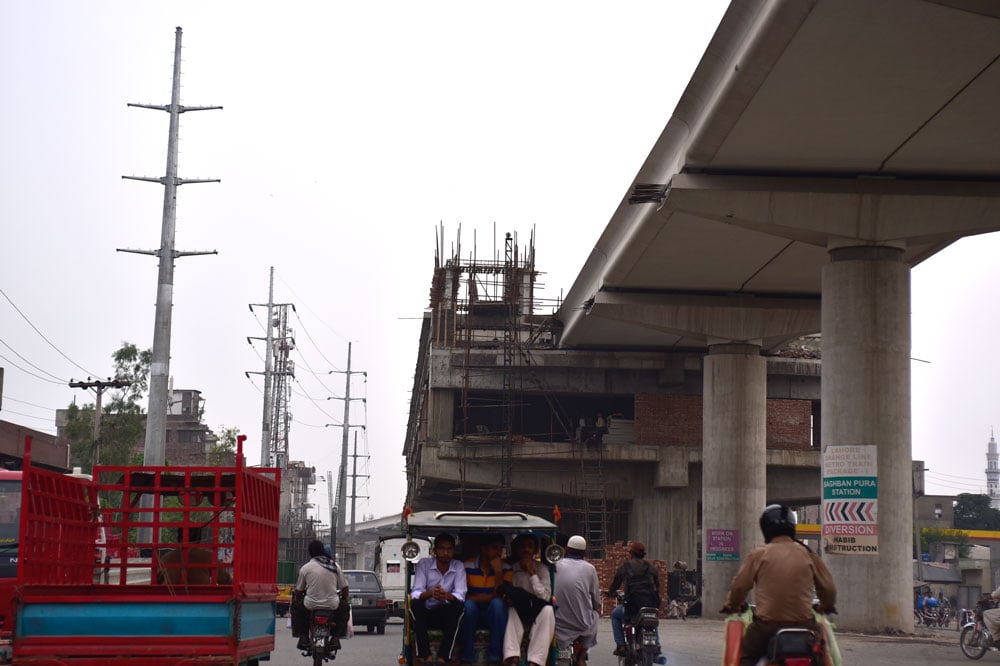
Lahore is a city of over 11 million people, according to unofficial tallies. Calls for an efficient and robust public transport system have only grown louder over the years. But for some citizens, the urban development project, while a welcome initiative, has come at a cost. Public ire has increased as major arteries and thoroughfares of the city are dug up to fast track the construction, resulting in traffic congestion. Then there are small business owners who say they have to bear financial losses due to the disruption and the gutted out roads. The businessmen Geo.tv spoke to say they have yet to receive any word from the government about being compensated.
Big projects like the Orange Metro Train tend to impact how urban residents vote in the national polls. With the court verdict still a mystery, it remains to be seen whether the metro train will be ready to roar through before the upcoming elections.
- Adnan Malik is a reporter at Geo News, Lahore Bureau. Photographs by Ijjaaz Gill, Geo Television, Lahore.



